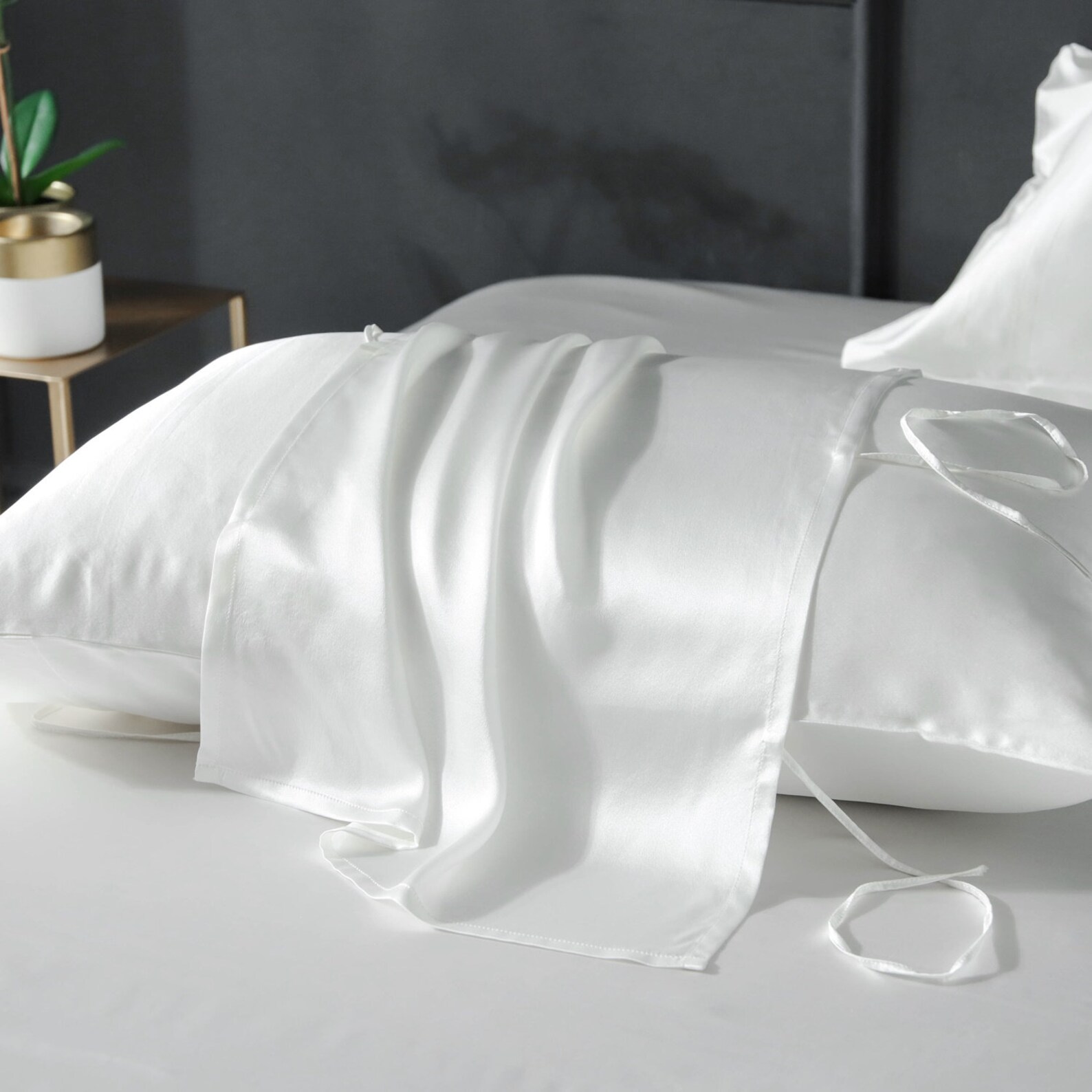

Articles
How Often Should I Change My Silk Pillowcase
Modified: January 5, 2024
Discover the answer to the popular question "how often should I change my silk pillowcase" with our informative articles. Find expert tips and advice for maintaining the longevity of your silk pillowcase.
(Many of the links in this article redirect to a specific reviewed product. Your purchase of these products through affiliate links helps to generate commission for Storables.com, at no extra cost. Learn more)
Introduction
Welcome to the world of silk pillowcases! If you’ve recently invested in a luxurious silk pillowcase or are considering doing so, you may be wondering how often you should change it. Silk pillowcases have gained popularity due to their numerous benefits for both your skin and hair. However, to maintain these benefits and ensure the longevity of your silk pillowcase, it is crucial to adopt proper care and maintenance practices, including regular changes.
In this article, we will delve into the factors to consider when deciding how often to change your silk pillowcase, based on various sleeping habits and personal preferences. We will also explore the signs that indicate it’s time to change your silk pillowcase and provide tips on how to properly care for your silk pillowcase to extend its lifespan.
Silk pillowcases are renowned for their ability to promote healthy skin and minimize bedhead, thanks to their smooth and soft fabric. Unlike traditional cotton or polyester pillowcases, silk does not absorb moisture from your skin or hair, helping to retain essential oils and preventing dehydration. This can result in reduced wrinkles, smoother hair, and alleviation of common skin conditions such as acne or eczema.
Furthermore, silk is naturally hypoallergenic and resistant to dust mites, making it an excellent choice for those with allergies or sensitivities. The gentle and friction-free surface of silk helps to prevent hair breakage and frizz, allowing you to wake up with tangle-free and luscious locks.
To maximize the benefits of owning a silk pillowcase, it is crucial to maintain a clean and hygienic sleeping environment. This entails changing your silk pillowcase regularly to prevent the accumulation of dirt, oils, and bacteria. However, the frequency of changing your silk pillowcase can vary depending on several factors.
Factors such as personal hygiene, skin type, hair type, and sleeping habits should be considered when determining how often to change your silk pillowcase. Additionally, individuals who use skincare products or hair treatments before bed may need to change their pillowcase more frequently to avoid product buildup.
In the following sections, we will explore these factors in more detail to provide guidance on how often you should change your silk pillowcase based on your specific circumstances.
Key Takeaways:
- Embrace the luxury of silk pillowcases and maintain their benefits by changing them regularly based on your personal hygiene, skin type, and sleeping habits. Look out for signs indicating it’s time for a change to ensure optimal cleanliness and freshness.
- Proper care and maintenance of silk pillowcases are essential for extending their lifespan and enjoying their luxurious benefits. Follow gentle washing methods, avoid harsh chemicals, and store them properly to indulge in the beauty of silk for a rejuvenating sleep experience.
Benefits of Using a Silk Pillowcase
Using a silk pillowcase offers a multitude of benefits for both your skin and hair. Let’s explore the advantages of this luxurious bedding option:
- Hydrates and nourishes the skin: Silk is a natural fabric that does not absorb moisture from your skin. This helps to retain essential oils, keeping your skin hydrated throughout the night. As a result, you may notice reduced dryness, fewer wrinkles, and a healthier complexion.
- Minimizes bedhead and hair breakage: The smooth surface of silk creates less friction between your hair and the pillow, reducing the chances of waking up with tangled or frizzy hair. This can significantly minimize hair breakage, split ends, and the need for excessive styling or heat treatments.
- Promotes healthier hair: Silk pillowcases can help maintain the moisture balance of your hair, preventing it from becoming too dry or too oily. This can lead to less greasy hair and a healthier scalp as silk aids in regulating oil production. Additionally, silk’s hypoallergenic properties can be beneficial for individuals with sensitive scalps or those prone to dandruff or irritation.
- Gentle on delicate facial skin: Silk is a soft and gentle fabric that is less likely to cause irritation to sensitive skin. It reduces friction and pressure on the face, avoiding the development of sleep lines or creases that can contribute to premature aging.
- Hypoallergenic and resistant to dust mites: Silk is naturally hypoallergenic and does not attract dust mites, making it an excellent option for individuals with allergies, asthma, or other respiratory conditions. Silk pillowcases can provide a healthier and more comfortable sleeping environment.
- Regulates body temperature: Silk has natural temperature-regulating properties, helping to keep you cool during warm nights and warm during colder nights. This can contribute to better sleep quality and comfort.
By incorporating a silk pillowcase into your bedtime routine, you can experience these wonderful benefits that contribute to your overall well-being. However, it’s important to remember that to fully enjoy these advantages, it is necessary to maintain and change your silk pillowcase regularly.
Factors to Consider When Deciding How Often to Change Silk Pillowcases
When determining how often you should change your silk pillowcase, several factors come into play. Consider the following elements to establish a suitable frequency for changing your silk pillowcase:
- Personal hygiene: Your personal hygiene habits play a significant role in determining how often you should change your silk pillowcase. If you are diligent about washing your face before bed and maintaining clean hair, you may be able to extend the time between pillowcase changes. However, if you wear makeup or use hair products that transfer onto your pillowcase, more frequent changes may be necessary.
- Skin and hair type: Different skin and hair types have different needs. If you have oily skin or hair, you may need to change your silk pillowcase more frequently to prevent the buildup of excess oil. Conversely, if you have dry or sensitive skin, changing your pillowcase less often can help retain natural oils and prevent over-drying.
- Sleeping habits: How you sleep can also impact how often you should change your silk pillowcase. If you tend to move around a lot in your sleep or sweat heavily during the night, more frequent changes may be necessary to keep your pillowcase clean and fresh.
- Environmental factors: Environmental factors such as humidity levels and air quality can also influence the frequency of pillowcase changes. In humid environments, silk pillowcases may need to be changed more frequently to prevent the growth of mold or bacteria. Similarly, if you live in an area with high pollution levels, more frequent changes may be required to keep your pillowcase free from pollutants.
- Usage of skincare and hair products: If you use skincare products or hair treatments before bed, these products can transfer onto your silk pillowcase. Depending on the products you use, you may need to change your pillowcase more often to prevent product buildup and potential skin issues.
It’s essential to assess these factors in conjunction with your personal comfort level and preferences. Some individuals may feel more comfortable changing their silk pillowcase every few nights, while others may opt for a weekly or bi-weekly schedule.
Ultimately, observing the condition of your silk pillowcase is key to determining whether it’s time for a change. Keep an eye out for signs that indicate it’s time to replace your pillowcase, ensuring that you maintain a clean and hygienic sleep environment for your skin and hair.
Frequency of Changing Silk Pillowcases Based on Sleeping Habits
Your sleeping habits can significantly impact how often you should change your silk pillowcase. Consider the following guidelines based on different sleeping habits:
- Side sleeper: If you tend to sleep on your side, your face and hair come in direct contact with the pillowcase throughout the night. As a result, it is recommended to change your silk pillowcase at least every two to three nights to maintain a clean and fresh sleeping surface.
- Back sleeper: Back sleepers have less direct contact between their face and the pillowcase, reducing the need for frequent changes. You can extend the time between pillowcase changes to around five to seven nights, depending on personal hygiene and other factors.
- Stomach sleeper: Stomach sleepers have the least contact between their face and the pillowcase due to facing downwards. Therefore, you can typically change your silk pillowcase every seven to ten nights. However, if you sweat heavily or have oily skin, more frequent changes may be necessary.
- Combination sleeper: If you tend to switch between different sleep positions throughout the night, it is recommended to follow the guidelines for the sleeping position you spend the most time in. This way, you can maintain the cleanliness and hygiene of your silk pillowcase effectively.
- Night sweats: If you have night sweats, changing your silk pillowcase more often is crucial to prevent the accumulation of sweat and bacteria. It is recommended to change your pillowcase every two to three nights in this case.
These guidelines serve as general recommendations and can be adjusted based on personal hygiene habits, environmental conditions, and individual comfort levels. It’s important to pay attention to the condition of your silk pillowcase, observing any signs that indicate it’s time for a change.
Remember that maintaining a clean and fresh pillowcase is essential not only for your skin and hair health but also for your overall sleep experience. Enjoy the benefits of your silk pillowcase by establishing a pillowcase-changing routine that suits your specific sleeping habits and needs.
It is recommended to change your silk pillowcase every 1-2 weeks to maintain its benefits for your skin and hair. Washing it with a gentle detergent and air drying will help prolong its lifespan.
Signs That Indicate It’s Time to Change Your Silk Pillowcase
While the frequency of changing your silk pillowcase can depend on various factors, there are certain signs that indicate it’s time for a replacement. Pay attention to the following indicators to determine when you should change your silk pillowcase:
- Visible stains: If you notice visible stains on your silk pillowcase that cannot be removed through regular washing, it’s a clear sign that it’s time for a change. Stains can be caused by sweat, makeup, skincare products, or hair products that have transferred onto the fabric.
- Odors: Silk pillowcases should remain odorless if properly maintained. If you notice any lingering odors even after washing, it could be an indication of bacteria buildup. In this case, it’s best to replace the pillowcase to ensure a fresh and hygienic sleep environment.
- Changes in texture: Over time, silk pillowcases may experience changes in texture. If you notice roughness, pilling, or a loss of smoothness, it may be a sign that the fabric is wearing down. Changing your pillowcase will help maintain the luxurious and smooth feel that silk is known for.
- Allergic reactions or skin issues: If you start experiencing allergic reactions, skin irritation, or worsening of existing skin conditions, it could be a sign that your silk pillowcase is no longer clean or is harboring irritants. Changing the pillowcase and ensuring proper care can help alleviate such issues.
- Unpleasant sleeping experience: If you find yourself waking up feeling uncomfortable, itchy, or not as refreshed as usual, it could be a result of a dirty or worn-out silk pillowcase. Changing to a fresh one can contribute to a better sleep experience.
Keep in mind that these signs serve as general indications that it’s time to change your silk pillowcase. Depending on personal preferences, hygiene practices, and environmental factors, you may choose to change your pillowcase more frequently to maintain optimal cleanliness and freshness.
By observing these signs and ensuring regular changes, you can enjoy the full benefits of your silk pillowcase while maintaining a clean and hygienic sleeping environment.
Read more: How Often Should You Wash A Silk Pillowcase?
How to Properly Care for Silk Pillowcases
Proper care is essential to maintain the beauty, softness, and longevity of your silk pillowcases. Follow these guidelines to ensure you are caring for your silk pillowcases correctly:
- Hand wash or machine wash on a delicate cycle: Silk pillowcases should be washed using a gentle method to prevent damage to the delicate fabric. Either hand wash them with a mild silk-friendly detergent or machine wash them on a delicate cycle using cold water.
- Use a silk-friendly detergent: Regular laundry detergents can be harsh on silk fabrics, causing them to become dull and lose their luxurious feel. Opt for a detergent specifically formulated for silk or use a gentle, pH-neutral detergent to protect the fabric.
- Avoid harsh chemicals and bleach: Harsh chemicals and bleach can damage silk fibers, leading to discoloration and weakening of the fabric. It’s crucial to avoid using these substances when washing your silk pillowcases.
- Avoid excessive agitation: Aggressive rubbing or wringing can cause silk pillowcases to lose their smoothness and develop wrinkles. Gently squeeze out excess water without twisting or wringing and avoid rough handling during the washing process.
- Hang to dry or use a low heat setting: Silk pillowcases should not be exposed to high heat or direct sunlight, as it can damage the fibers. Air drying by hanging them or using a low heat setting in the dryer is the preferred method for drying silk pillowcases.
- Store properly: When not in use, store your silk pillowcases in a clean and dry place. Avoid storing them in plastic bags or containers as they need to breathe. Instead, use a breathable fabric bag or pillowcase to protect them from dust and dirt.
- Avoid contact with rough surfaces: Silk is a delicate fabric that can easily be snagged or damaged by rough surfaces. Be cautious and avoid contact with items like zippers, Velcro, or rough jewelry that can cause pulls or snags on the fabric.
- Avoid direct contact with skincare and hair products: To prevent product buildup, it’s advisable to apply skincare and hair products before putting on your silk pillowcase. This minimizes the transfer of oils, serums, or treatments onto the fabric.
- Iron with caution: If ironing is necessary, use a low heat setting and iron on the reverse side of the pillowcase or place a cloth between the iron and the fabric to protect it from direct heat.
By following these care instructions, you can keep your silk pillowcases looking luxurious and feeling soft for an extended period. Proper care not only maintains the quality of the fabric but also ensures a clean and hygienic sleeping surface for your skin and hair.
Investing a little time and effort into caring for your silk pillowcases will help them retain their beauty and benefits, providing you with a comfortable and indulgent sleep experience night after night.
Conclusion
Investing in a silk pillowcase can provide numerous benefits for your skin, hair, and overall sleep experience. To ensure you enjoy these benefits to the fullest, it’s important to establish a routine for changing and caring for your silk pillowcases.
By considering factors such as personal hygiene, skin and hair type, sleeping habits, and environmental conditions, you can determine how often you should change your silk pillowcase. Adapting your pillowcase-changing frequency to these factors will help maintain a clean and hygienic sleep environment.
Look out for signs that indicate it’s time for a change, such as visible stains, odors, changes in texture, allergic reactions, or an uncomfortable sleep experience. These signs are indicative of a dirty or worn-out pillowcase that should be replaced to promote optimal cleanliness and freshness.
Proper care is crucial in extending the lifespan of your silk pillowcases. Hand wash or machine wash them on a delicate cycle using a silk-friendly detergent. Avoid using harsh chemicals, bleach, and excessive agitation. Hang them to dry or use a low heat setting. Store them properly, avoiding contact with rough surfaces and excessive exposure to direct sunlight.
By following these care instructions and maintaining regular changes, you can enjoy the luxurious benefits of your silk pillowcases for a long time to come. The smooth and gentle fabric will continue to hydrate your skin, minimize bedhead, and create a comfortable sleeping surface that promotes healthier hair and a rejuvenated complexion.
Investing in the care and maintenance of your silk pillowcases is an investment in your overall well-being. So, embrace the luxury and indulge in the beauty of silk, knowing that you are taking the necessary steps to maximize its benefits and enjoy a restful and rejuvenating sleep every night.
Frequently Asked Questions about How Often Should I Change My Silk Pillowcase
Was this page helpful?
At Storables.com, we guarantee accurate and reliable information. Our content, validated by Expert Board Contributors, is crafted following stringent Editorial Policies. We're committed to providing you with well-researched, expert-backed insights for all your informational needs.

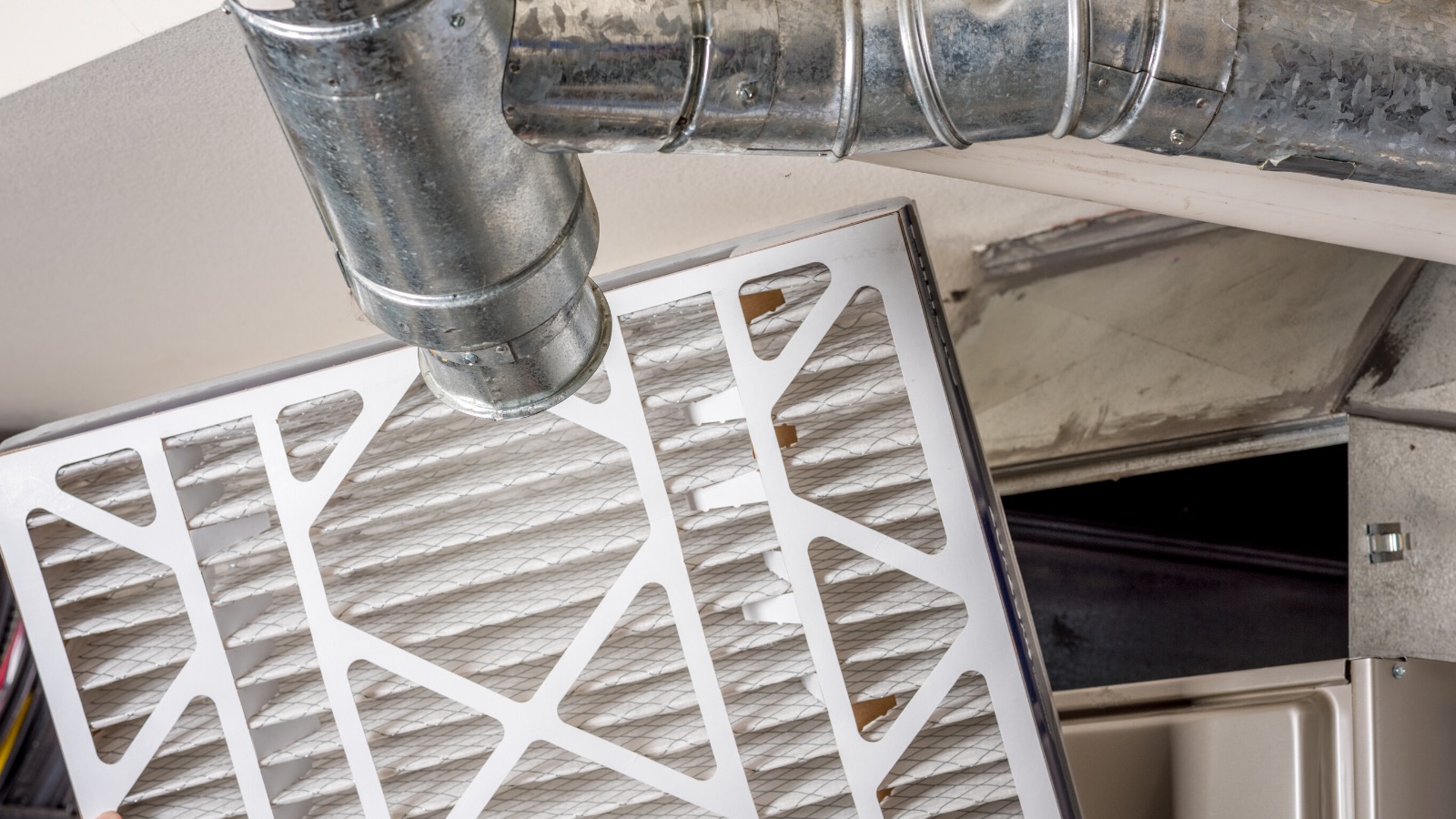
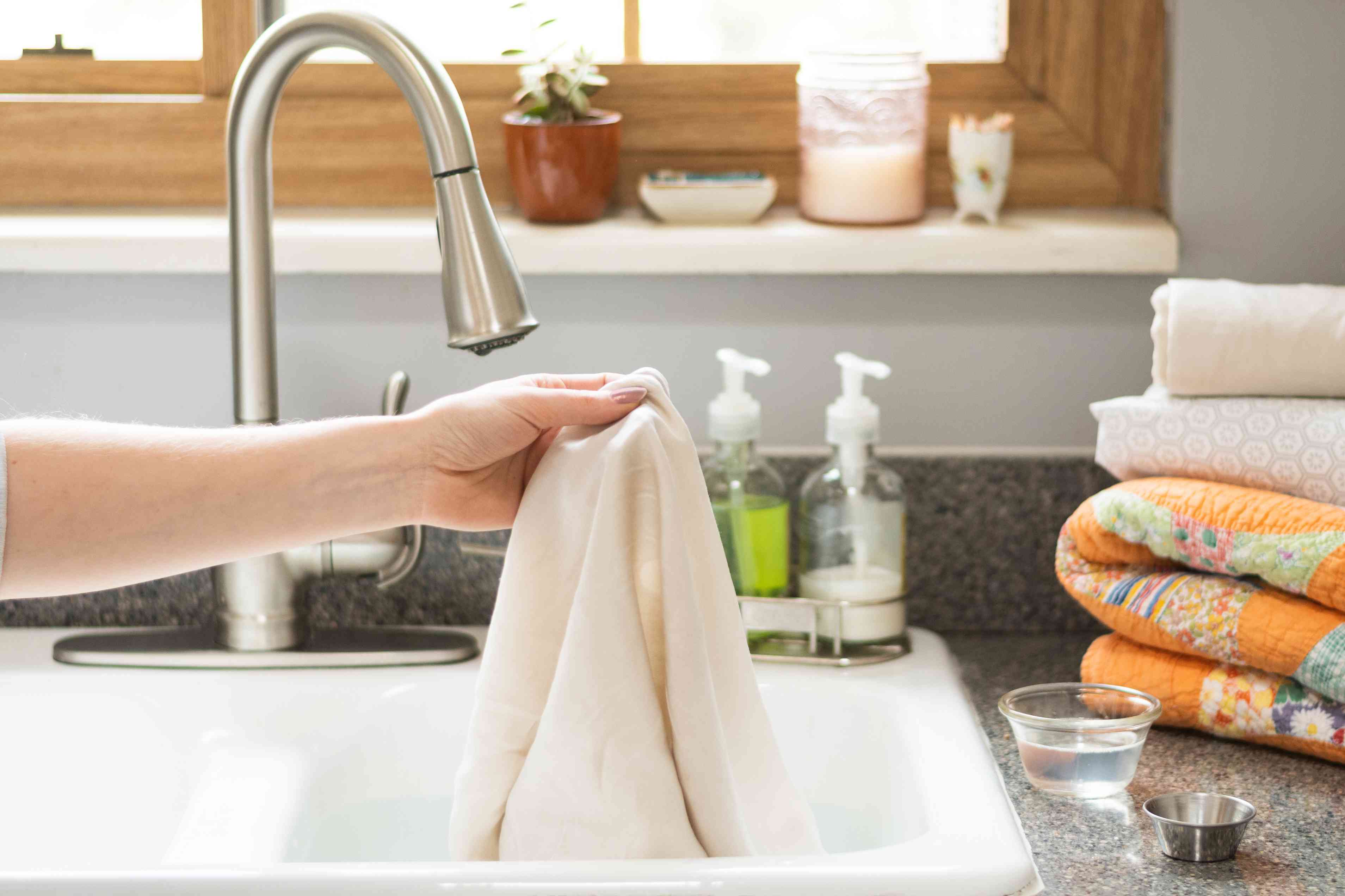
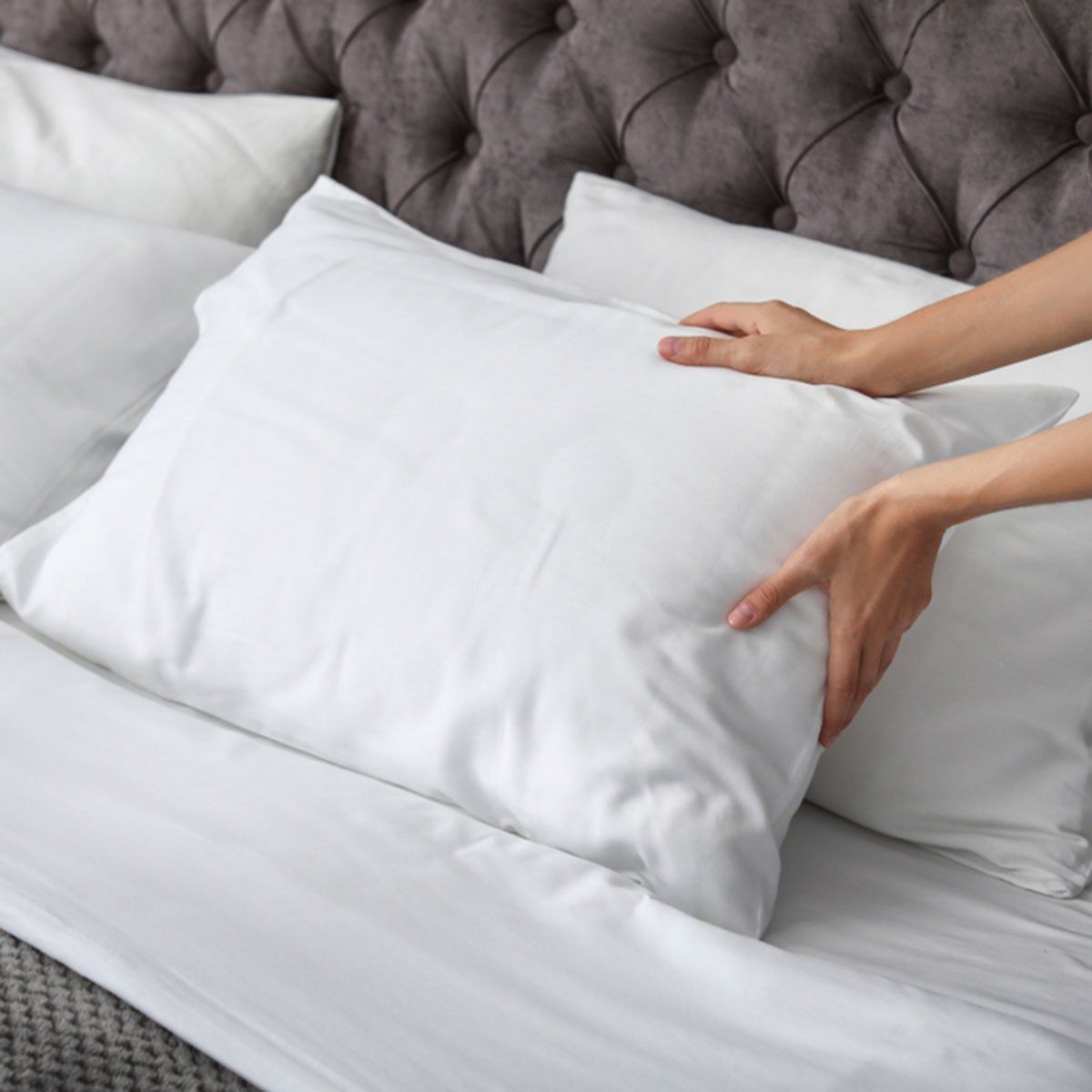

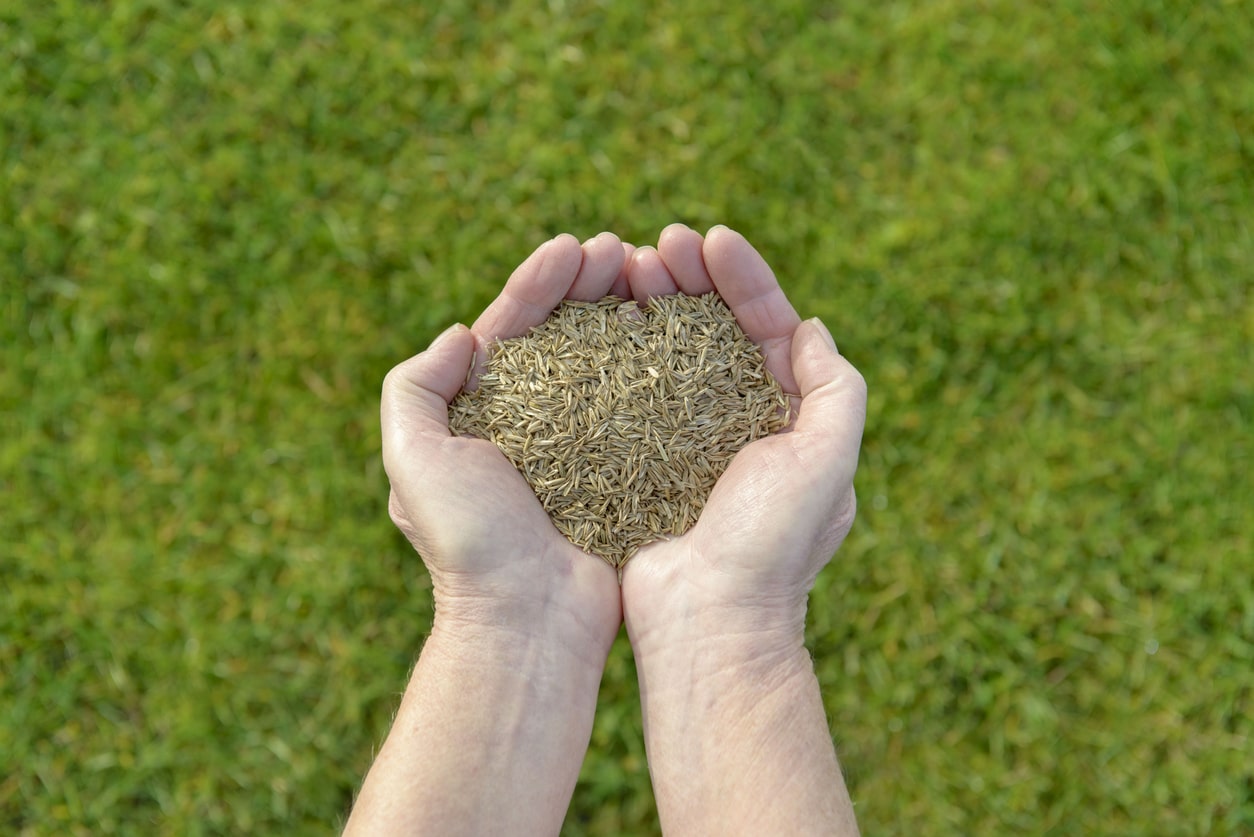
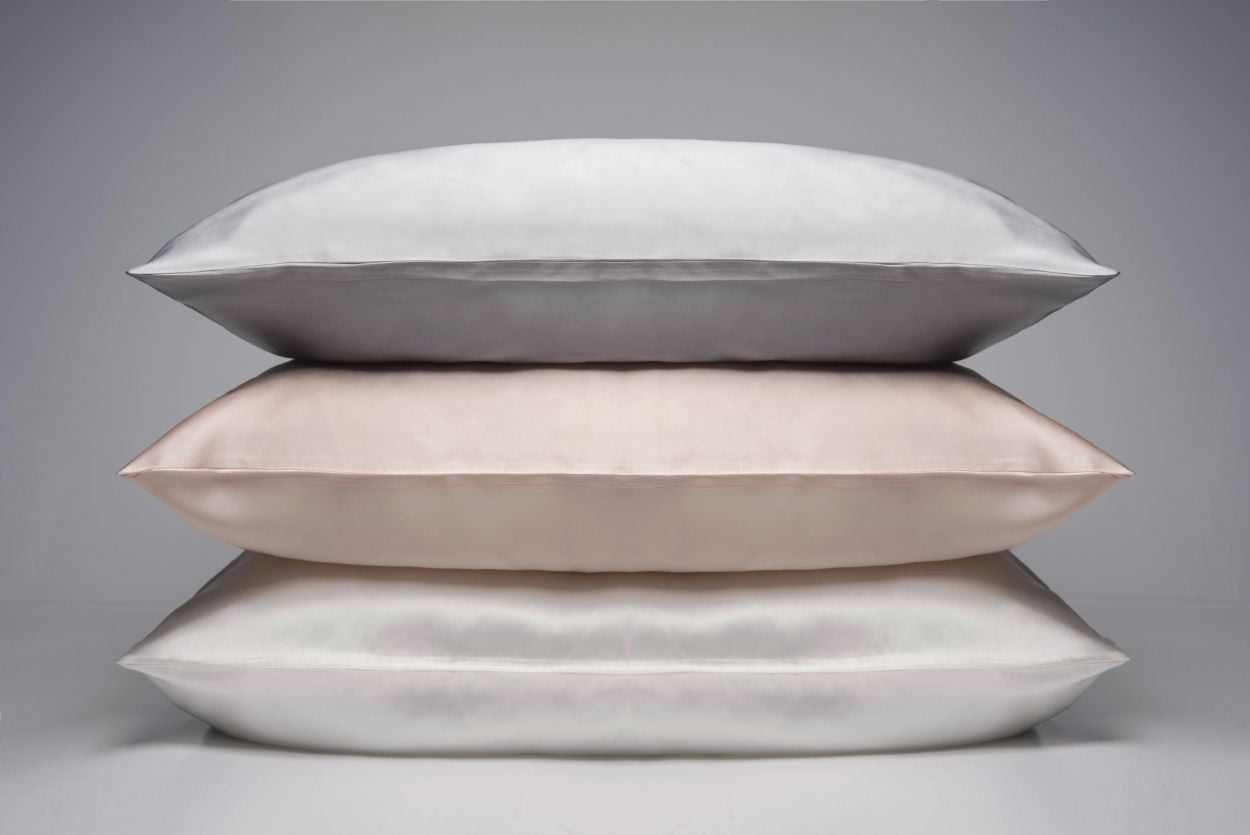
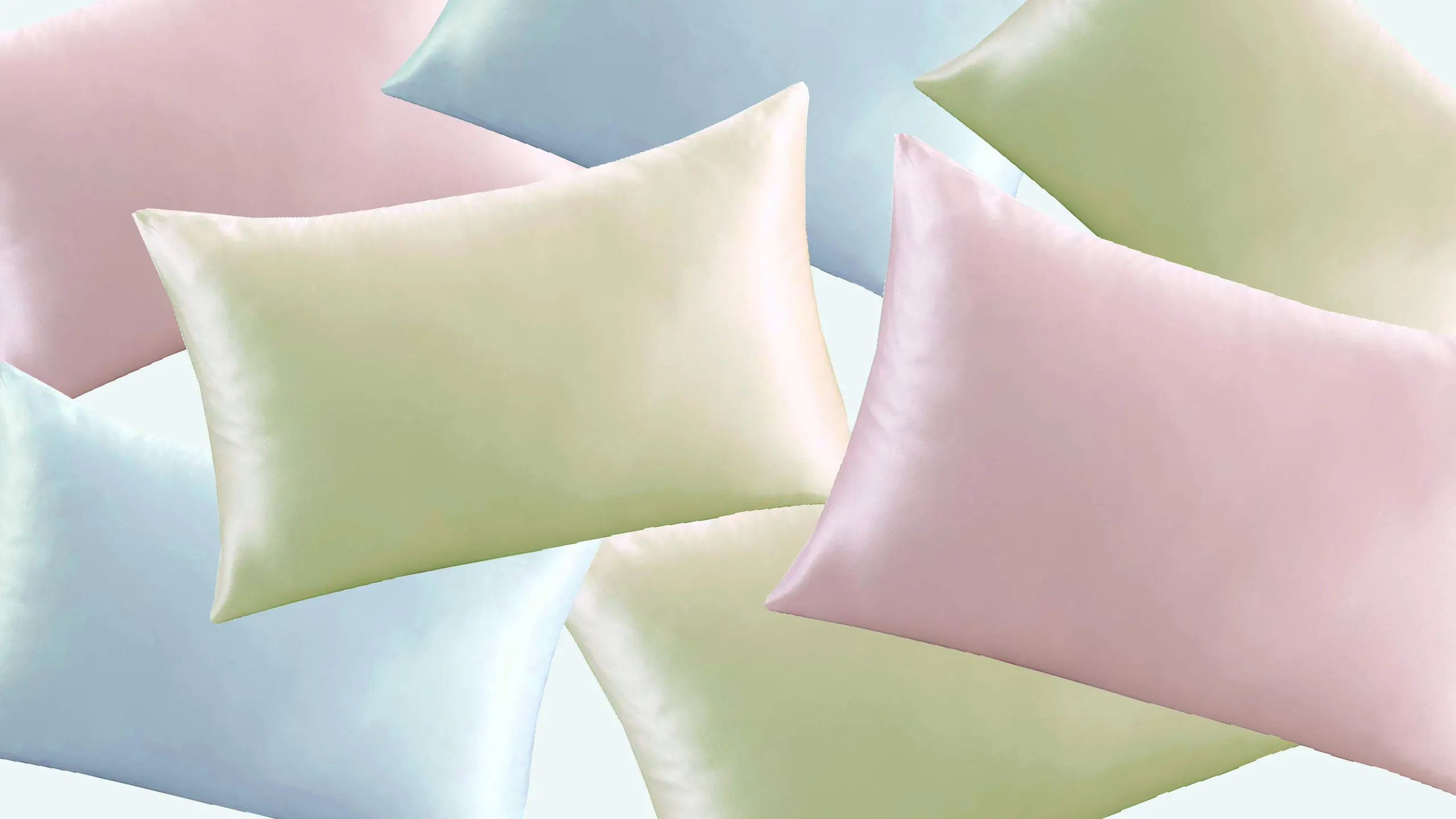
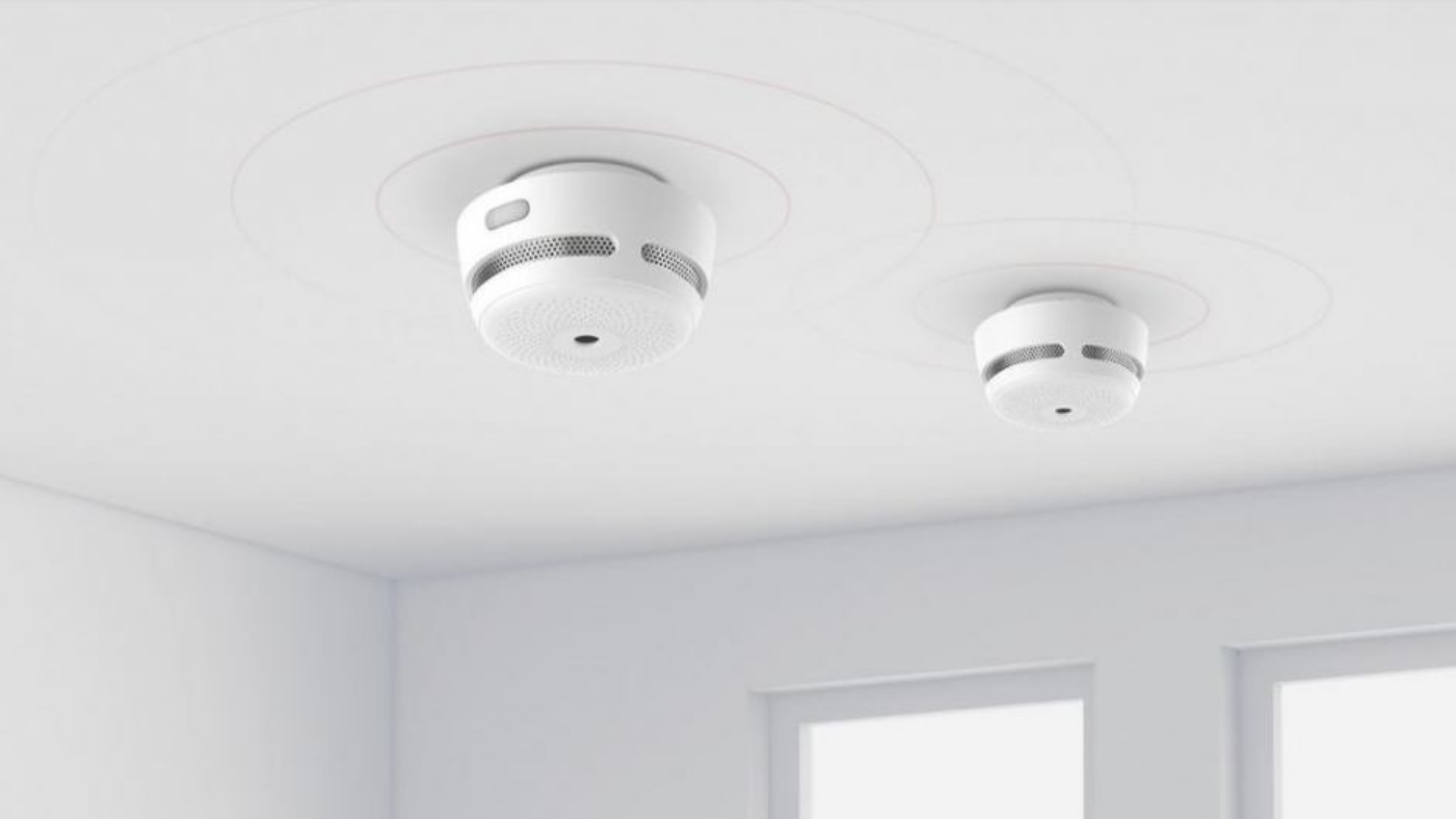
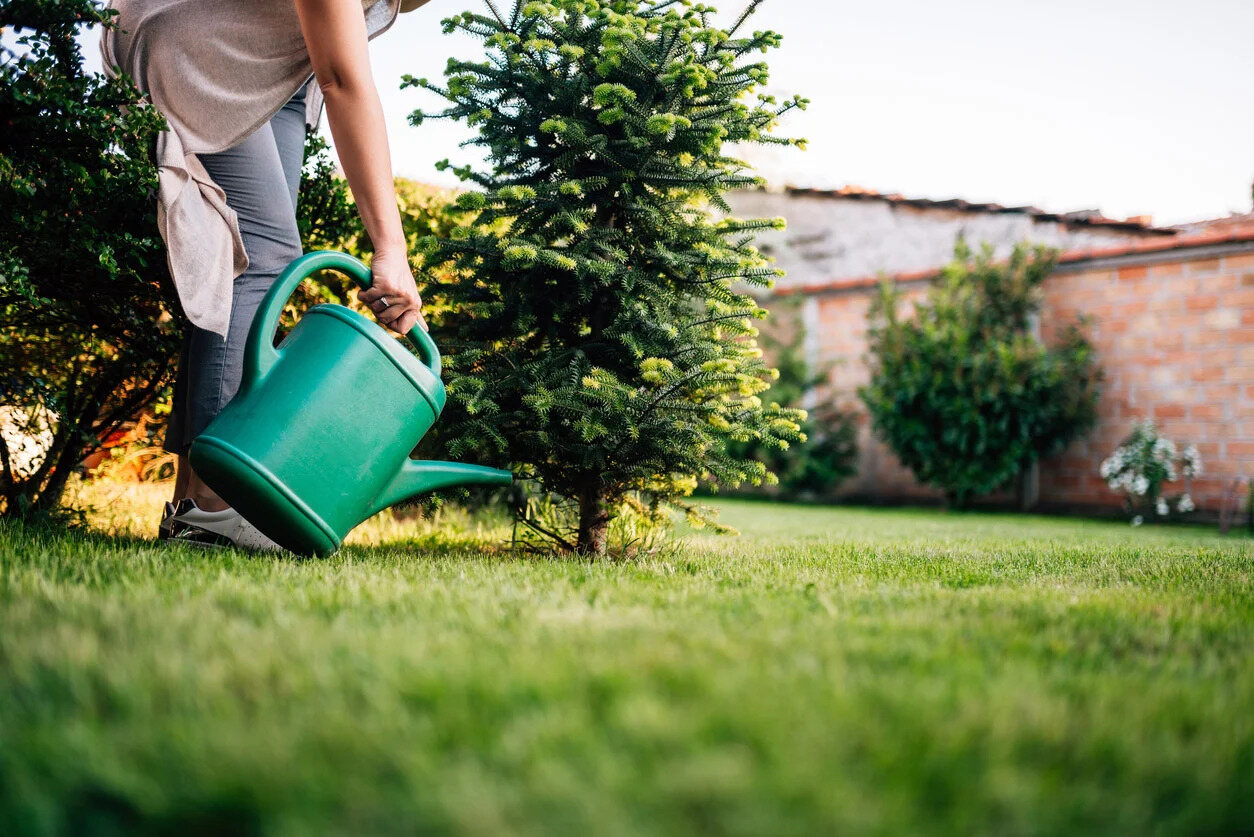
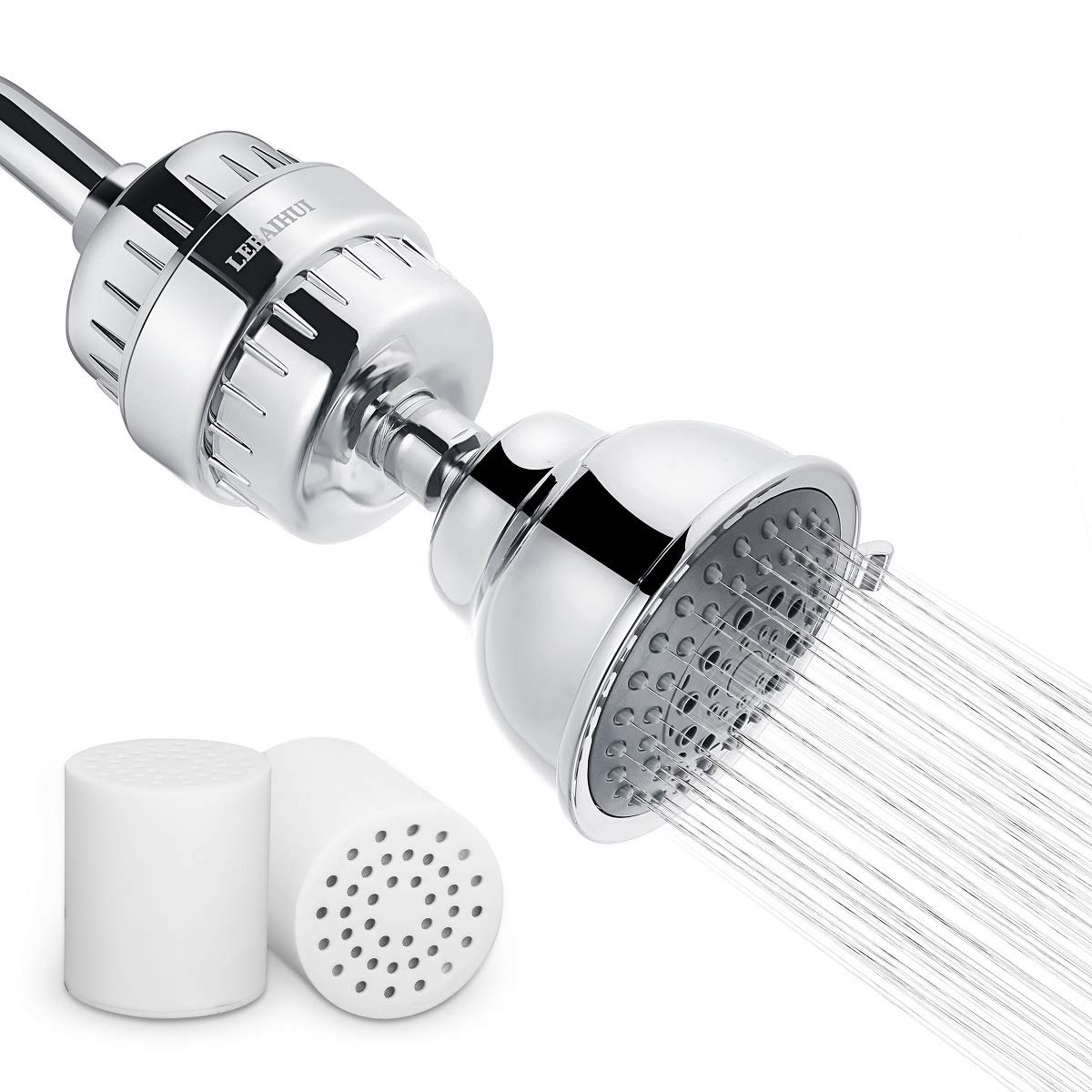
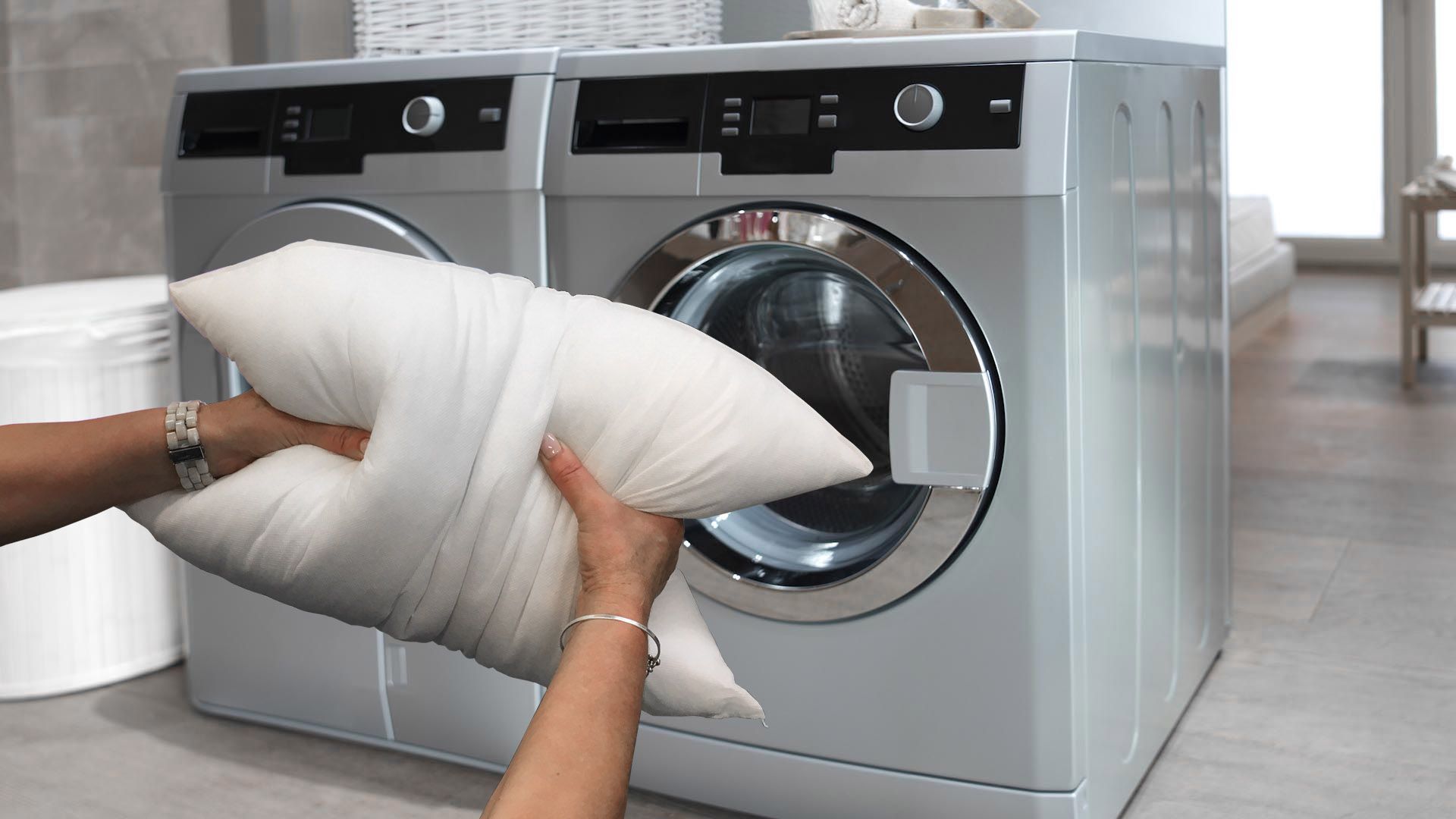
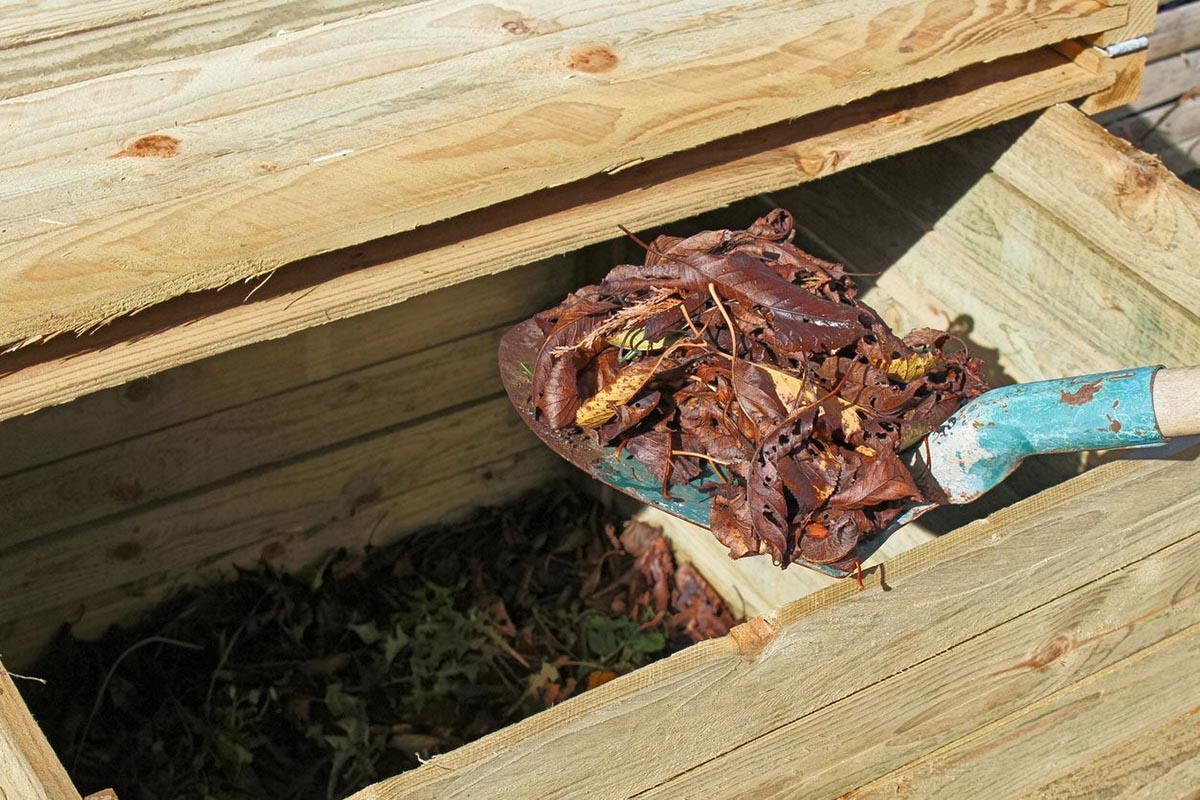
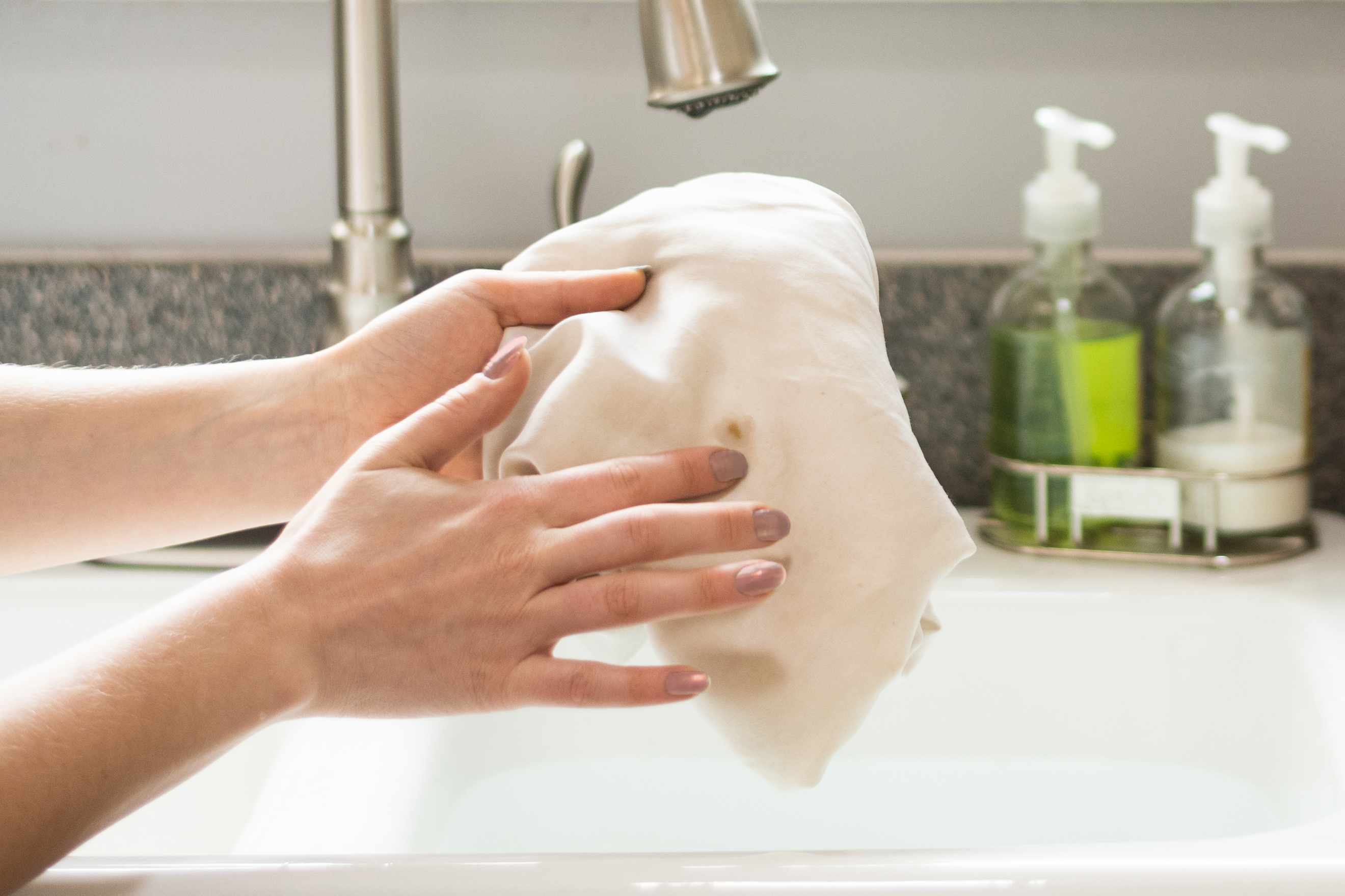

0 thoughts on “How Often Should I Change My Silk Pillowcase”